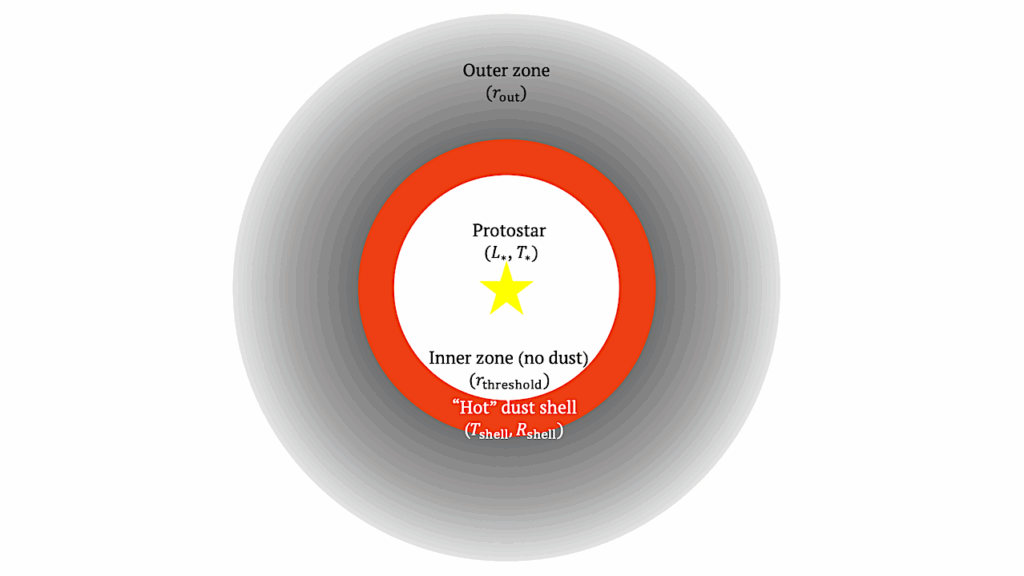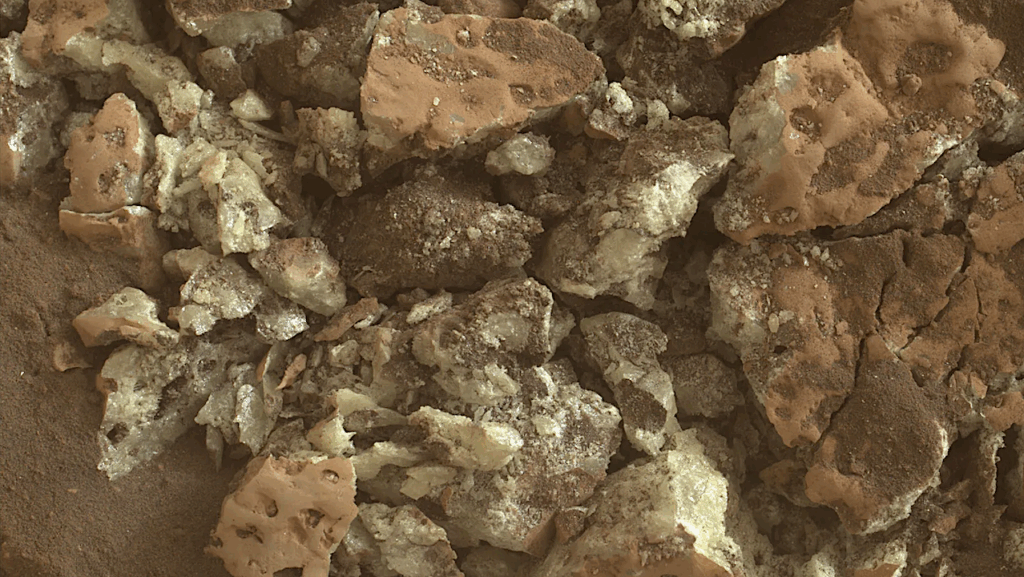Formation Of Complex Organic Molecules In Molecular Clouds: Acetaldehyde, Vinyl Alcohol, Ketene, and Ethanol via the "Energetic" Processing Of C2H2 Ice

The simultaneous detection of organic molecules of the form C2HnO, such as ketene (CH2CO), acetaldehyde (CH3CHO), and ethanol (CH3CH2OH), toward early star-forming regions offers hints of shared chemical history.
Several reaction routes have been proposed and experimentally verified under various interstellar conditions to explain the formation pathways involved. Most noticeably, the non-energetic processing of C2H2 ice with OH-radicals and H-atoms was shown to provide formation routes to ketene, acetaldehyde, ethanol, and vinyl alcohol (CH2CHOH) along the H2O formation sequence on grain surfaces.
In this work, the non-energetic formation scheme is extended with laboratory measurements focusing on the energetic counterpart, induced by cosmic rays penetrating the H2O-rich ice mantle. The focus here is on the H+ radiolysis of interstellar C2H2:H2O ice analogs at 17 K. Ultra-high vacuum experiments were performed to investigate the 200 keV H+ radiolysis chemistry of predeposited C2H2:H2O ices, both as mixed and layered geometries. Fourier-transform infrared spectroscopy was used to monitor in situ newly formed species as a function of the accumulated energy dose (or H+ fluence). The infrared (IR) spectral assignments are further confirmed in isotope labeling experiments using H218O.
The energetic processing of C2H2:H2O ice not only results in the formation of (semi-) saturated hydrocarbons (C2H4 and C2H6) and polyynes as well as cumulenes (C4H2 and C4H4), but it also efficiently forms O-bearing COMs, including vinyl alcohol, ketene, acetaldehyde, and ethanol, for which the reaction cross-section and product composition are derived. A clear composition transition of the product, from H-poor to H-rich species, is observed as a function of the accumulated energy dose.
K.-J. Chuang, G. Fedoseev, C. Scirè, G. A. Baratta, C. Jäger, Th. Henning, H. Linnartz, M. E. Palumbo
Comments: 14 pages, 7 figures, 2 tables
Subjects: Astrophysics of Galaxies (astro-ph.GA); Solar and Stellar Astrophysics (astro-ph.SR); Chemical Physics (physics.chem-ph)
Cite as: arXiv:2104.09434 [astro-ph.GA] (or arXiv:2104.09434v1 [astro-ph.GA] for this version)
Submission history
From: Ko-Ju Chuang
[v1] Mon, 19 Apr 2021 16:28:37 UTC (1,344 KB)
https://arxiv.org/abs/2104.09434
Astrobiology, Astrochemisry,








